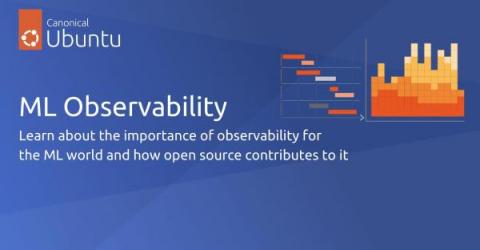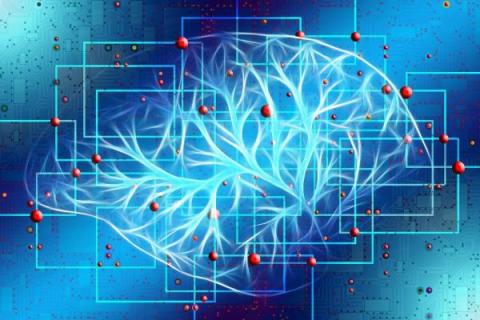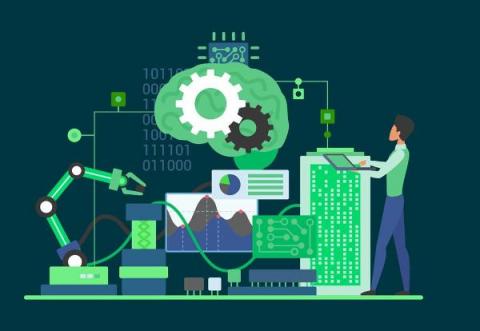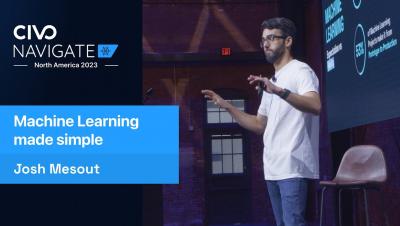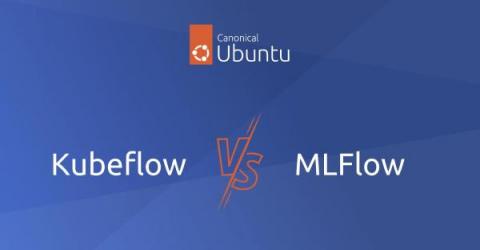Operations | Monitoring | ITSM | DevOps | Cloud
Machine Learning
How Technological Advancements Transform Hiring Processes and Decisions
ML Observability: what, why, how
Top 8 Emerging Technology Trends for 2023
Safeguarding Cryptocurrency Exchanges: The Power of Machine Learning Monitoring
Bitcoin and Coinbase have been in some hot water lately. How they handle cryptocurrency might not be legal or safe. The lack of regulations is causing concern from the government about potential criminal activity, fraud, and money laundering. The good news? Rules are being implemented for crypto exchanges to stop corrupt events from happening. Regulations like Know Your Customer (KYC) are an absolute must for exchanges to keep operating legally.
Solving the top 7 challenges of ML model development with CircleCI
Amid an AI boom and developing research, machine learning (ML) models such as OpenAI’s ChatGPT and Midjourney’s generative text-to-image model have radically shifted the natural language processing (NLP) and image processing landscape. Due to this new and powerful technology, developing and deploying ML models has quickly become the new frontier for software development.




